
Szerző: BD
-
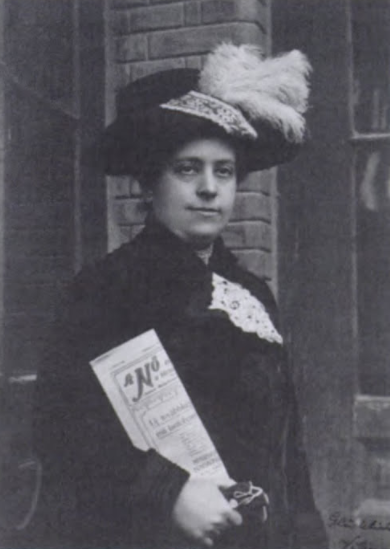
Vilma Glücklich (1872-1927), was a Hungarian educational reformer, pacifist and women’s rights activist. Pictured here in 1912 holding the journal of Women and Society in her hand.
Vilma Glücklich – A Leader in the Hungarian Women’s Rights Movement – Vágújhely (Nové Mesto nad Váhom)
Vilma Glücklich – A Leader in the Hungarian Women’s Rights Movement – Vágújhely (Nové Mesto nad Váhom) Fact of the…
-
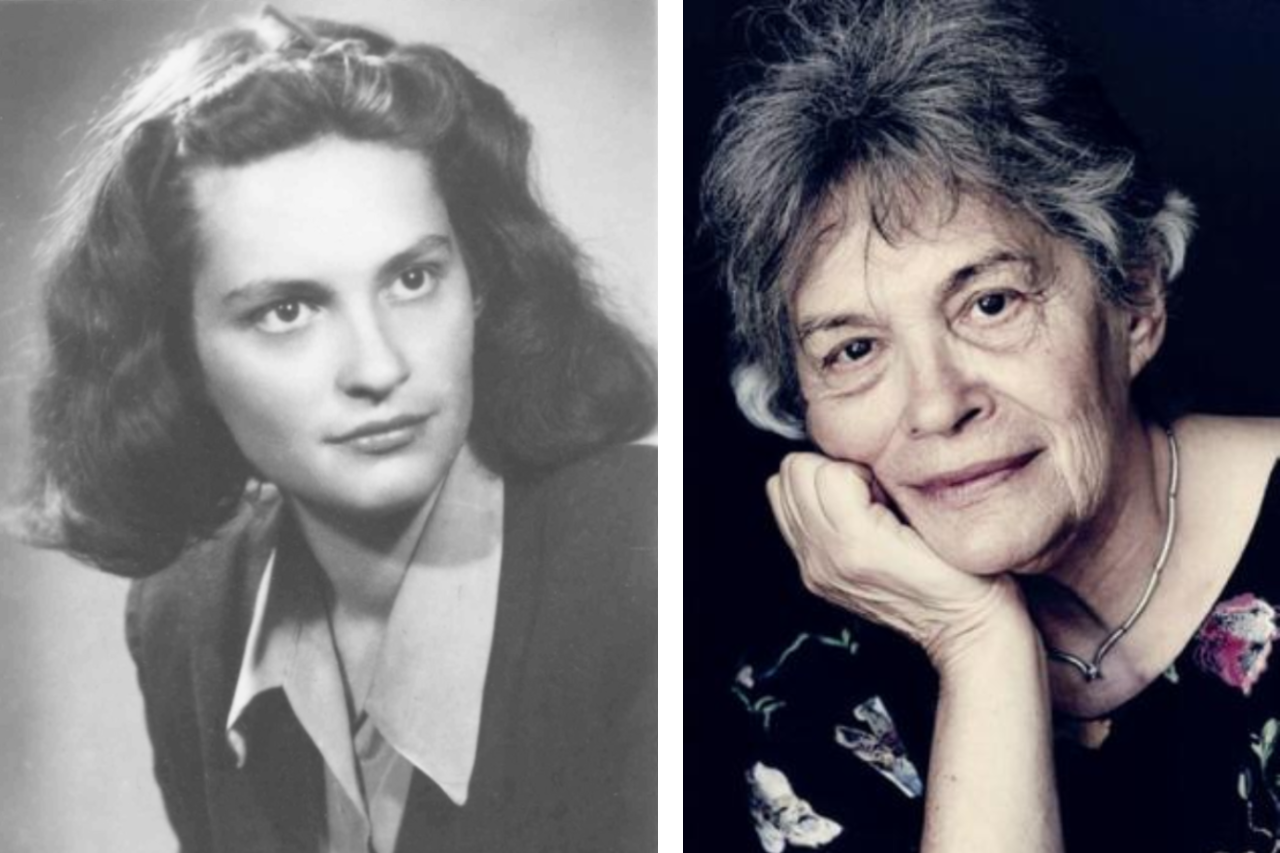
Alaine Polcz laid the foundations of the World Play (Világjáték) scene-puppet test, a tool still widely used in child psychology. While she is best known for her work on the psychology of death, her later contributions—especially the refinement of this visual, symbolic, and emotionally expressive diagnostic method—highlight her equally significant legacy in child psychotherapy.
Alaine Polcz – Psychologist, Writer, and Pioneer in Hungarian Thanatology – Cluj Napoca
Alaine Polcz – Psychologist, Writer, and Pioneer in Hungarian Thanatology – Cluj Napoca Fact of the Hungarian figure „Terezia Brunszvik…
-
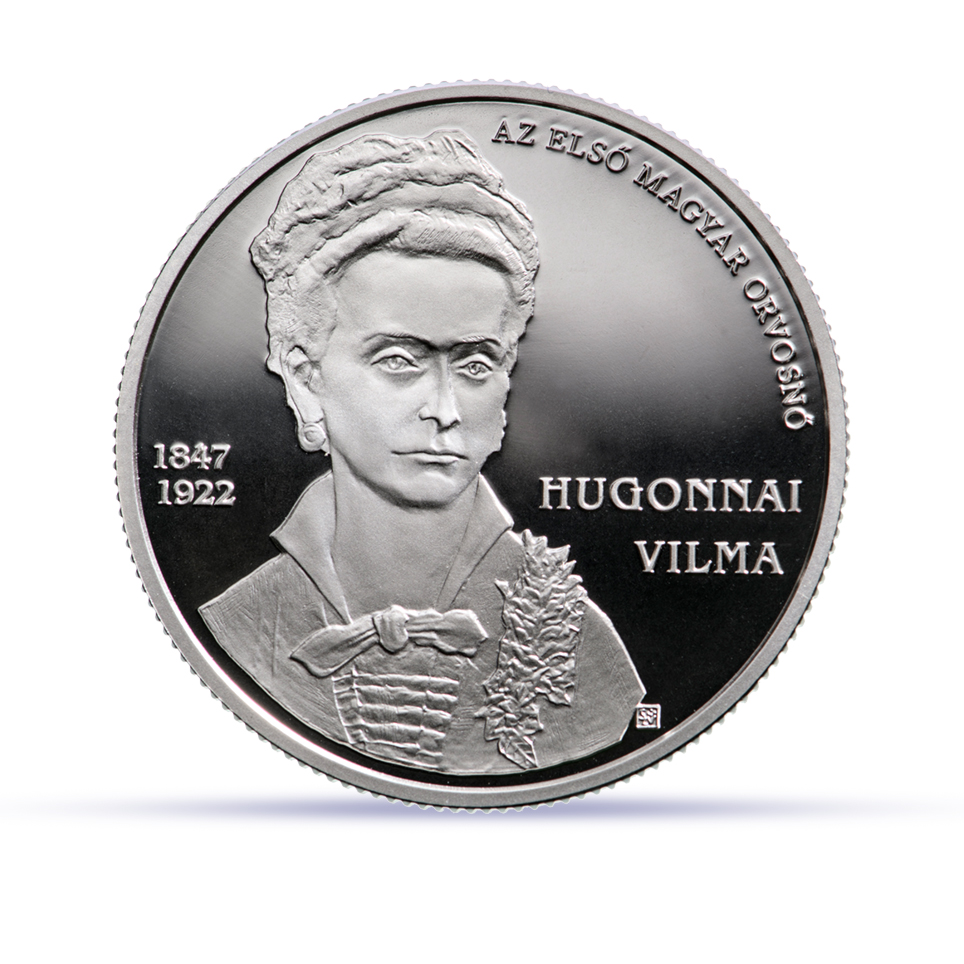
To mark the 175th anniversary of Vilma Hugonnai’s birth, the first Hungarian female physician, the Hungarian National Bank issued commemorative coins designed by sculptor Virág Szabó. The silver and base-metal coins feature a full-length image of Hugonnai on the obverse, and her portrait with the inscription “The first Hungarian female physician” on the reverse.
Vilma Hugonnai – The First Female Doctor in Hungary – Budapest
Vilma Hugonnai – The First Female Doctor in Hungary – Budapest Fact of the Hungarian figure „Terezia Brunszvik and the…
-
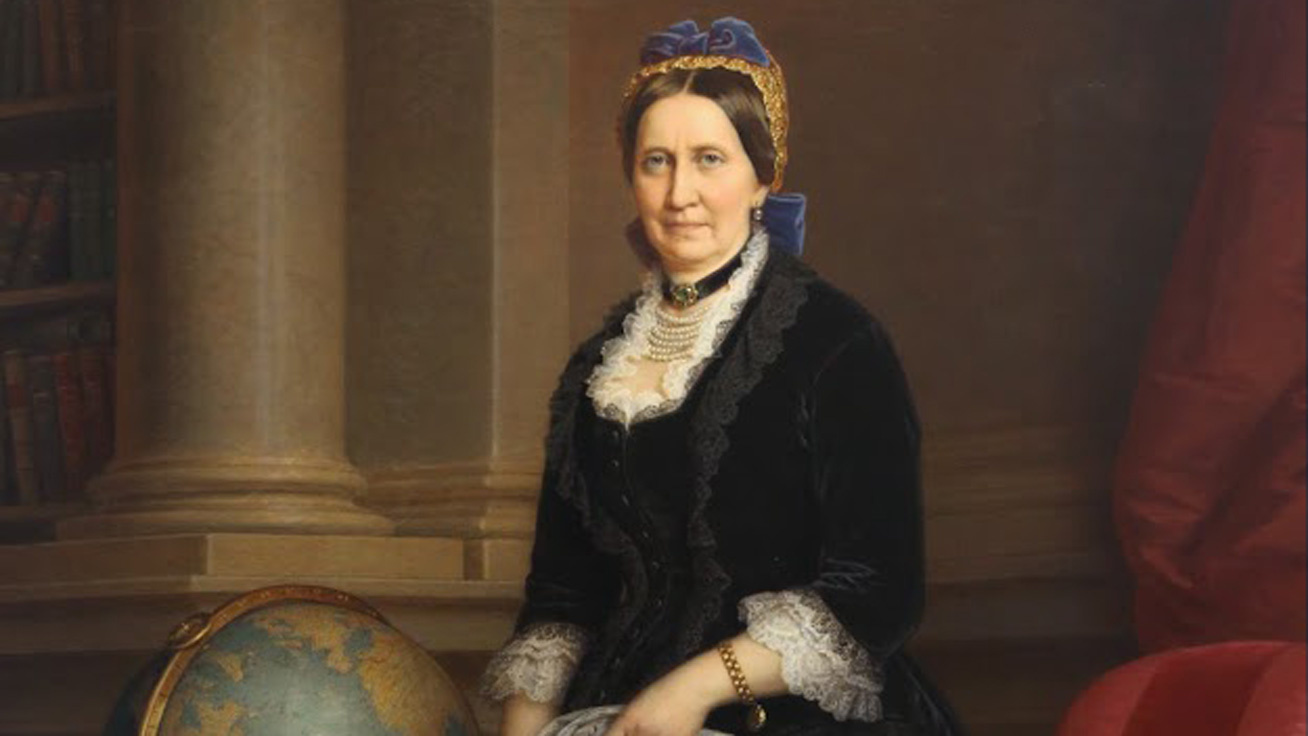
Portrait of Pálné Veres (born Hermin Beniczky), painted by Miklós Barabás. The secondary school she founded still bears her name and is located in central Budapest, on the street also named after her. Although the original building at No. 36 no longer serves as a school—now privately owned and in a state of disrepair—the institution continues to operate in the adjacent building.
Pálné Veres – The Founder of the First Hungarian Women’s School – Budapest, Múzeum körút/Zöldfa utca
Pálné Veres – The Founder of the First Hungarian Women’s School – Budapest, Múzeum körút/Zöldfa utca Fact of the Hungarian…
-
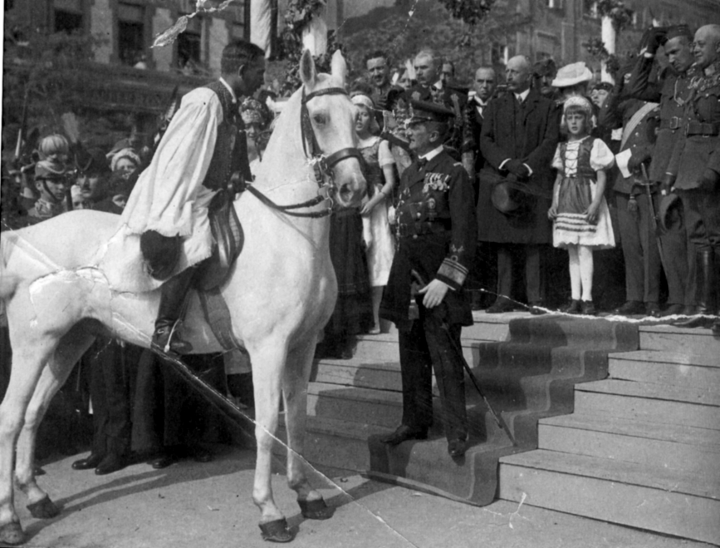
This photo captures Miklós Horthy giving a white horse in the recently reoccupied city of Pécs—a deliberate symbolic act echoing royal traditions and national mythmaking. The repeated use of the white horse across multiple locations served to craft a visual narrative of legitimate authority, moral restoration, and historical continuity, forming a cornerstone of Horthy-era memory politics.
Serbian–Hungarian Baranya–Baja Republic – Pécs
Serbian–Hungarian Baranya–Baja Republic – Pécs Fact of the Hungarian figure „Arrival of Horthy” Part of the „Creation of the modern…
-
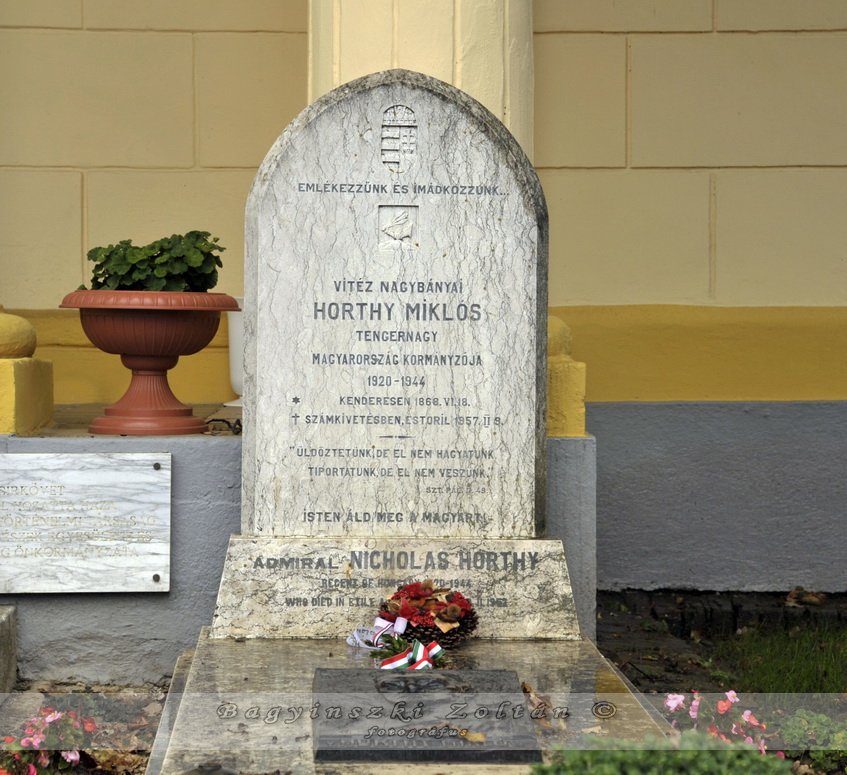
Grave of Miklós Horthy in the municipal cemetery of his birthplace Kenderes, Hungary.
Memory of Horthy – Kenderes
Memory of Horthy – Kenderes Fact of the Hungarian figure „Arrival of Horthy” Part of the „Creation of the modern…
-
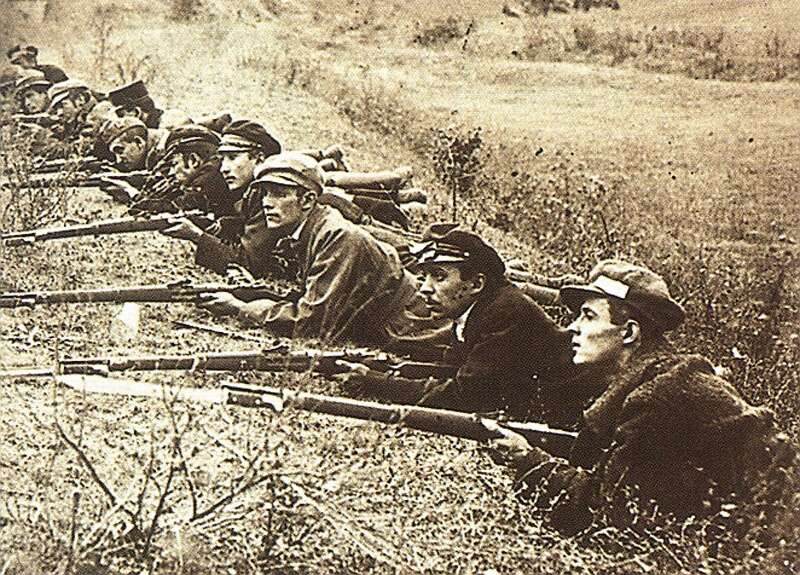
Opposing the legitimists, a hastily assembled group of Budapest university students—organized by Gyula Gömbös on October 22—attempted to resist Charles IV’s advancing forces. Despite lacking trained officers, their armed clash at Törökugrató with royal troops on October 23 resulted in casualties on both sides and effectively halted the royalist advance, as the attackers overestimated the defenders’ strength.
Battle of Budaörs – Charles I of Austria’s attempts to return the throne of Hungary – Budaörs
Battle of Budaörs – Charles I of Austria’s attempts to return the throne of Hungary – Budaörs Fact of the…
-
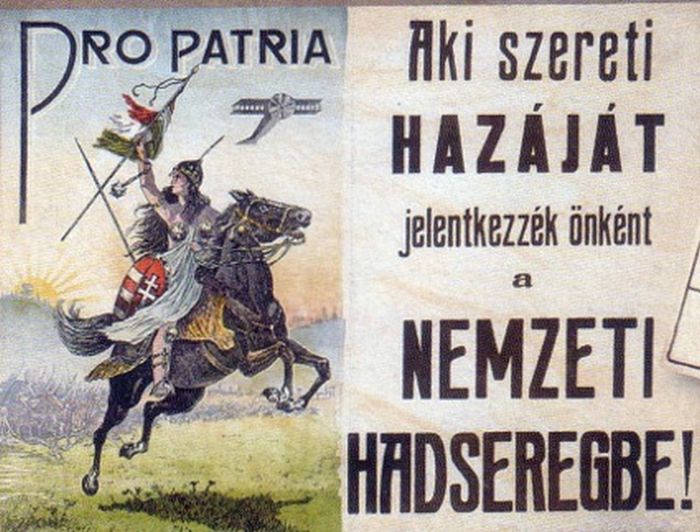
Following the dissolution of both counter-governments by the Entente, Horthy asserted independence by issuing Decree 40/1919.1 on June 9, 1919, establishing the National Army in Szeged. As thousands of returning front-line soldiers joined him, he marched to Transdanubia, where the independent High Command operated from Siófok between August 13 and November 16, 1919.
Horthy: the Leader of the National Army – Siófok
Preludes – Horthy: the Leader of the National Army – Siófok Fact of the Hungarian figure „Arrival of Horthy” Part…
-
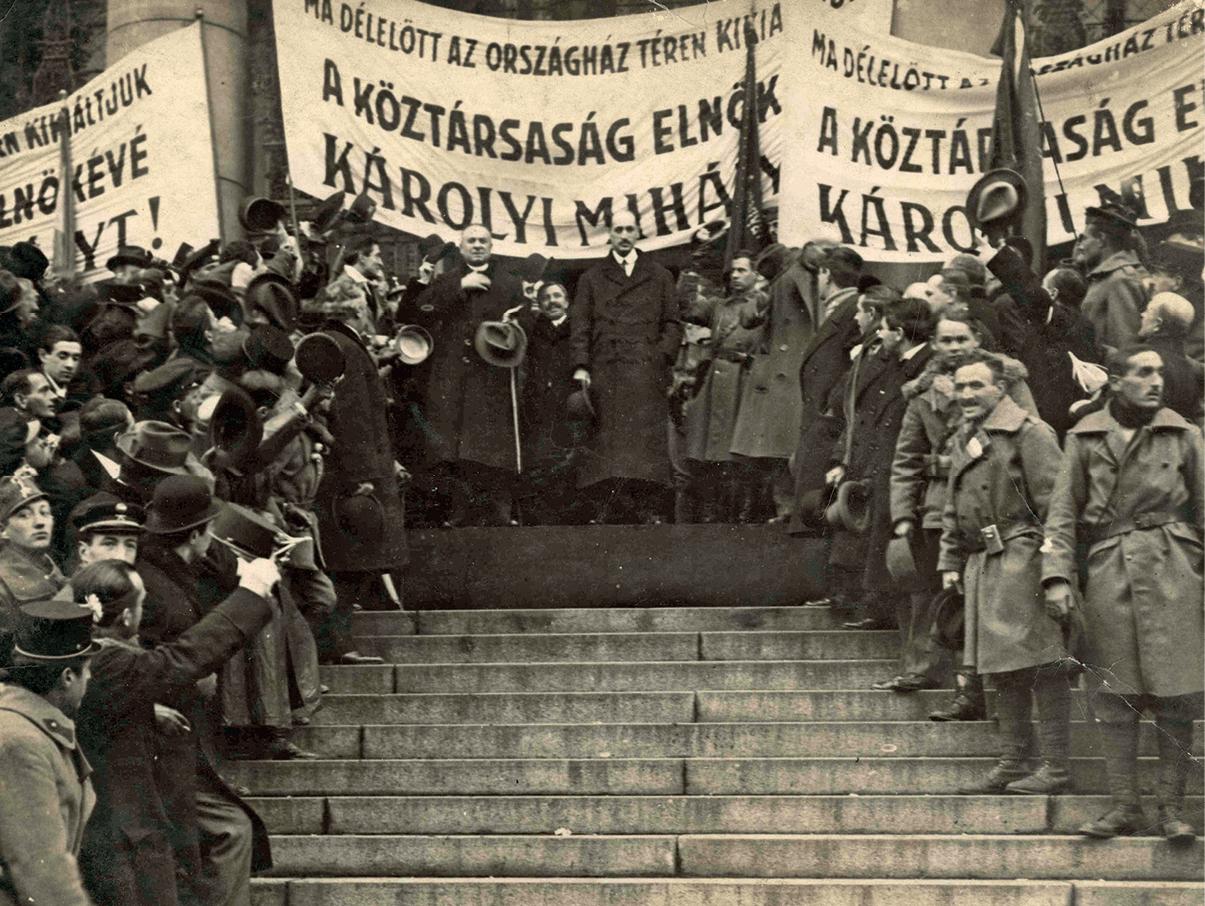
Károlyi giving a speech after the proclamation of the republic in front of the Parliament on November 16, 1918 – Earlier that month, Károlyi had been released from his oath to the monarch and his government was sworn in as a „people’s government” under the authority of the Hungarian National Council. Following King Charles IV’s abdication, the expanded National Council proclaimed the republic on November 16 — envisioning a multi-party parliamentary democracy based on general and secret elections — and on January 11, 1919, elected Károlyi as provisional president, granting him the right to enact “people’s laws.”
Aster Revolution – Hungarian Soviet Republic – Astoria Hotel, Budapest
Preludes – Aster Revolution – Hungarian Soviet Republic – Astoria Hotel, Budapest Fact of the Hungarian figure „Arrival of Horthy”…
-
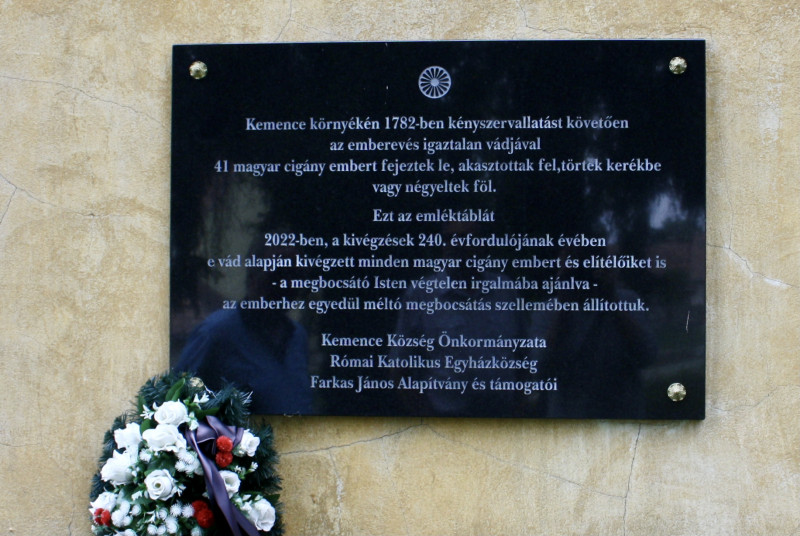
The former county hall building in Kemence once held several Roma individuals who were unjustly The old county hall in Kemence once held several Roma individuals who were falsely accused and jailed. In 2022, on the 240th anniversary of the executions, a memorial plaque was installed to honor the victims and the condemned—in the spirit of forgiveness and human dignity.accused and imprisoned. In 2022, on the 240th anniversary of the executions, a memorial plaque was erected to honor the memory of the victims and the condemned—in the spirit of forgiveness and human dignity.
The Nyúzóvölgy massacre and the persecution of Gypsies in Hungary – Kemence
The Nyúzóvölgy massacre and the persecution of Gypsies in Hungary – Kemence Fact of the Hungarian figure „Minorities in Hungary”…
